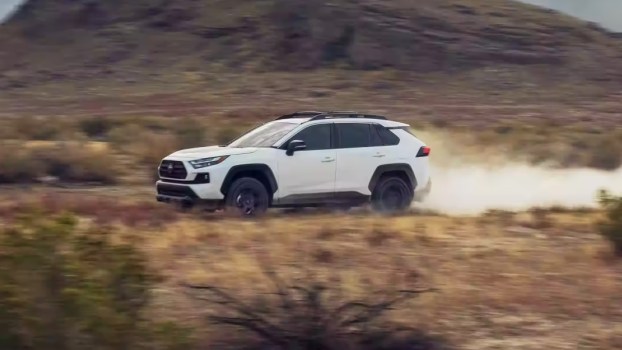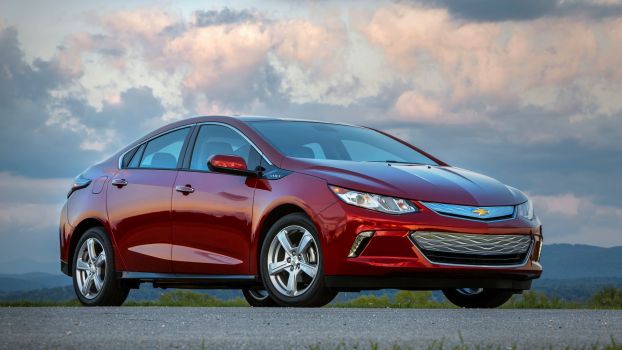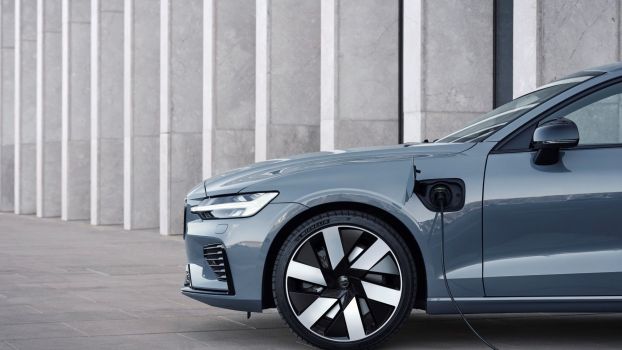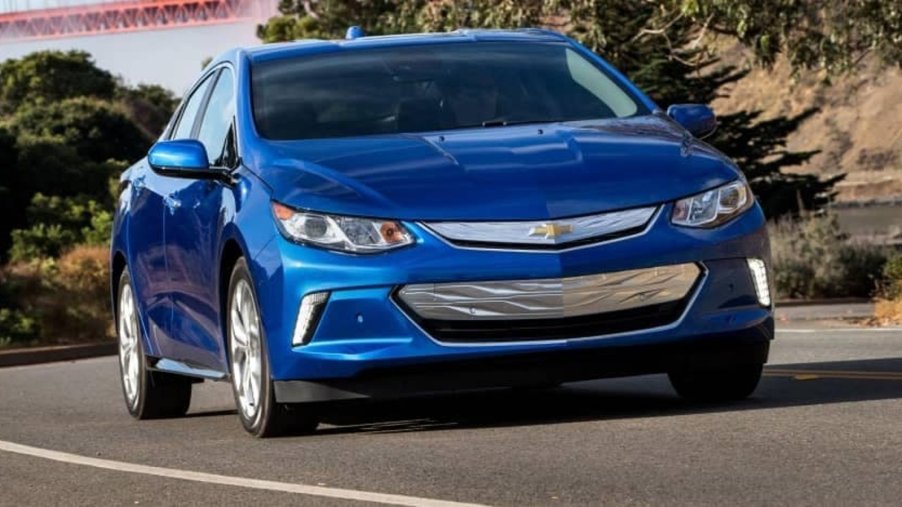
Should GM Bring Back the Chevy Volt?
Where’s the Chevy Volt? GM deleted the plug-in hybrid Volt after the 2019 model year, expecting the Bolt EV to carry the day. Although the Bolt has been a successful and affordable electric vehicle, deleting the Volt might signal a skipped step by one of the world’s largest automakers.
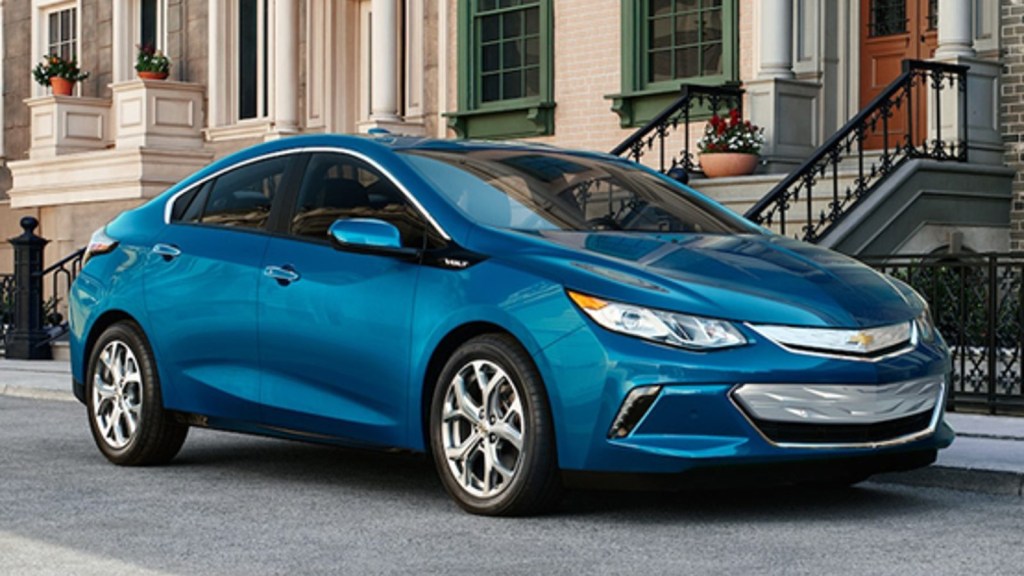
Was the PHEV step skipped across the board?
Did the automotive world skip a step? Somewhere in the sea of alternative fuel vehicles, many automakers missed a step between gas and electric vehicles. The instant surge in EV sales gave many brands false hope. They expected EV sales would continue to increase, but that hasn’t happened. Some companies already slowed or stopped the production of electric vehicles, with some unknown reasons for slow EV sales. Maybe, these slow sales are because automakers skipped the plug-in hybrid step.
Why is the Chevy Volt the answer?
When it left the automotive market, the Volt had a respectable EV driving range that most PHEVs couldn’t offer. GM was ahead of the entire market, giving this Chevy plug-in hybrid 53 miles of electric driving range. Even in the 2024 market, most plug-in hybrids can’t touch this figure. This could be a great start to bringing electrification to the market, but many automakers skipped straight to EVs.
Could this little PHEV be a sales success today?
During the Volt’s time in the market, sales shifted from sedans to SUVs. Today, trucks and SUVs dominate the landscape, but that shouldn’t cause GM to avoid the Volt. In fact, GM has already hinted at a naming process that might work for the Volt. We’ve heard rumors of the Corvette and Camaro becoming electric vehicles, so why not turn the Chevy Volt into a sub-brand as well? The Volt name could become a full lineup of small PHEV SUVs and compact trucks, giving the bowtie brand the missing step.
Why is this an important step?
The skipped step of PHEVs means consumers don’t have transitional vehicles to get used to electric driving works for them. Plug-in hybrids allow consumers to slowly transition from gas-powered vehicles to EVs without losing the freedom associated with the plethora of gas stations available to them.
Let’s face it: electric charging stations aren’t being built fast enough, EVs offer a much less useable driving range than advertised, and charging times haven’t dropped enough. Toss in the lack of towing capability associated with EV pickup trucks, and it’s easy to see why many consumers are turning away from EVs.
The obvious solution to this problem, at least for GM, is to bring back the Chevy Volt. A lineup of Volt-labeled plug-in hybrids can fill the gap and be the perfect transition from gas to electric for many drivers.
Source: The Verge
